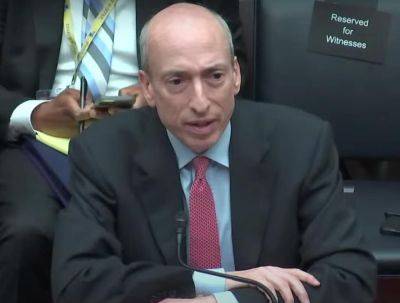Lack of Global Regulation and Inconsistencies Could Hinder Stablecoin Cross-border Utility: CPMI Report
Financial authorities continue to tip stablecoins as a pathway to better cross-border payments but a new report shows that regulations, competition, and network scale pose threats to wider adoption.
The Committee on Payment and Market Infrastructures (CPMI) explained the vast utilities of stablecoins in a new report but highlighted certain shortcomings in the present market that could hinder the full growth of the assets.
According to the report, key factors are necessary for the growth of stablecoins and Central Bank Digital Currencies (CBDC) including the reserve currency and on and off-ramp systems.
The pattern of issuance of stablecoins could also affect the success of the project coupled with wider economic fears.
“Further, stablecoins could lead to a fragmented or fragile monetary system impair financial stability, and are subject to potential fluctuations in exchange values away from par (see Garratt and Shin (2023)). As such, the regulation, supervision, and oversight of SAs alone may not be sufficient to mitigate such risks.”
The paper posits that stablecoins can address cross-border transactions by reducing associated costs, speeds, and fast settlement of transactions, increasing transparency and access to the technology by all users.
Stablecoin arrangements will reduce the cost of transactions by cutting down the number of chains involved. In reality, each middleman involved in settling international payments adds a fee but an end-to-end quick system will reduce fees.
“The use of SAs in cross-border payments might influence both transaction costs and FX conversion fees. First, digital remittances are consistently cheaper than cash-based remittances, although digital services still account for a small fraction
Read more on cryptonews.com






















